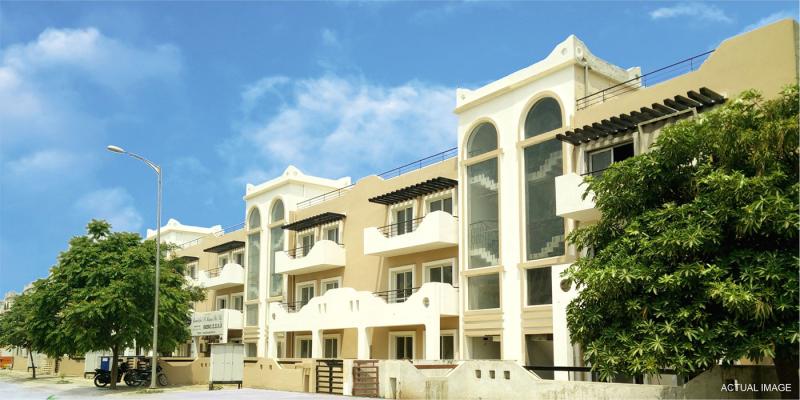The Evolution of Commercial Real Estate: Transforming Workspaces for the Future

The landscape of commercial real estate (CRE) is undergoing a profound transformation driven by technological advancements, shifting workforce dynamics, and evolving consumer expectations.
Gone are the days when office spaces were merely functional; today, they are becoming dynamic environments designed to foster creativity, collaboration, and well-being.
As we navigate this evolution, it’s crucial to understand how these changes are reshaping workspaces and the broader implications for our daily lives.
The Shift Toward Flexibility and Adaptability
The rise of remote and hybrid work models has fundamentally altered the traditional office environment. According to a report by Gartner, 47% of organisations plan to allow employees to work remotely full-time moving forward.
This shift necessitates a rethinking of office design, focusing on flexible spaces that can adapt to varying needs. Companies are increasingly investing in modular workspaces, hot-desking options, and collaborative areas that promote interaction and innovation.
This adaptability not only enhances employee satisfaction but also optimises the use of space, ultimately lowering overhead costs.
Technology Integration as a Cornerstone
From IoT-enabled devices that optimise energy consumption to advanced collaboration tools that enhance remote teamwork, technology is redefining the commercial real estate landscape.
Workspaces equipped with cutting-edge technology not only improve operational efficiency but also attract a tech-savvy workforce eager for seamless integration into their daily routines.
Emphasis on Health and Well-Being
The COVID-19 pandemic has heightened awareness of the importance of health and well-being in the workplace. A study by JLL revealed that 70% of employees prioritise health and wellness features when selecting a workplace.
Commercial real estate developers are responding to this demand by incorporating wellness-oriented designs, such as improved air quality, natural lighting, and access to green spaces.
These features not only enhance employee productivity but also contribute to lower absenteeism rates, ultimately benefiting businesses and their bottom lines.
Sustainability as a Key Driver
This growing emphasis on sustainability not only meets regulatory requirements but also appeals to eco-conscious tenants and investors. Companies like BPTP are leading the charge in this area, developing sustainable office spaces that integrate eco-friendly materials and practices, ensuring a positive impact on the environment while providing desirable workspaces.
The Role of Community and Collaboration
This shift is prompting businesses to design open-plan offices, community areas, and event spaces that facilitate interaction among employees and foster a sense of belonging. By focusing on creating an inclusive and collaborative atmosphere, companies can cultivate a more engaged and motivated workforce.
The evolution of commercial real estate is reshaping how we think about workspaces, emphasising flexibility, technology, well-being, sustainability, and community.
As we move forward, it’s essential for businesses and developers to adapt to these changes to create environments that meet the needs of the modern workforce. Brands like BPTP are at the forefront of this transformation, developing innovative workspaces that reflect the future of commercial real estate.
By embracing this evolution, stakeholders can ensure that their investments not only yield financial returns but also contribute to a more sustainable and productive future for all.
Post Your Ad Here
Comments